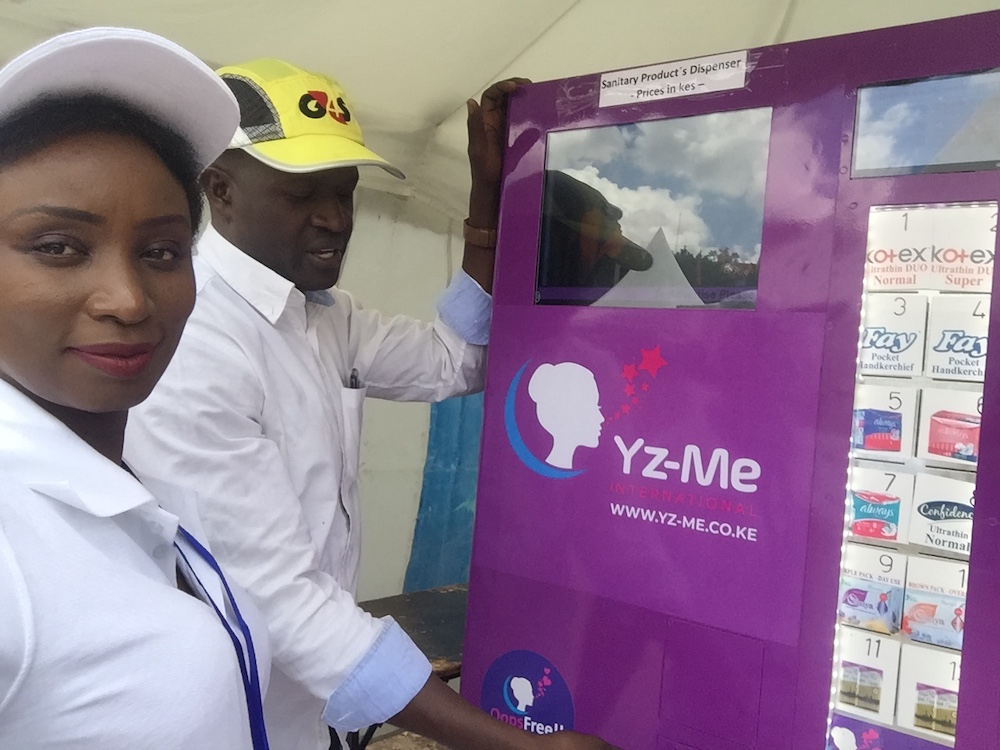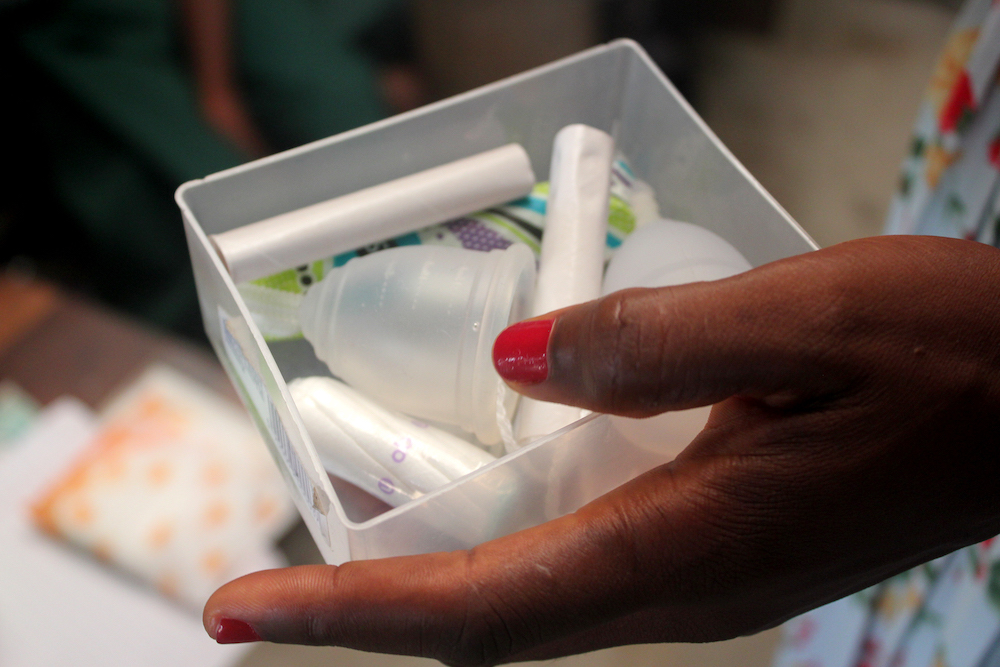Mann Global Health (MGH), in partnership with the Reproductive Health Supplies Coalition (RHSC), recently published “Landscaping Supply Side Factors to Menstrual Health Access”, a new report with the aim of informing decision-making for menstrual health market interventions tailored to realities on the ground. The objective was to better understand the menstrual health markets in Africa and Asia, assessing challenges and market constraints and identifying opportunities to increase access to menstrual health products.
Following is a guest post and short summary by one of the authors of the report, Lucy Wilson. You can download the full report for free.

There are an estimated 752 million menstruators (girls, women, and others who menstruate) in Sub-Saharan Africa and South Asia. Many of them cannot access the safe, high-quality, and affordable products that they need to manage their menstruation in a dignified way. When they cannot effectively manage their menstruation, they are limited in their ability to participate fully in society, including school, work, faith, and family life. They may also face increased risks to their health and well-being.
The commercial market for menstrual products in Sub-Saharan Africa and South Asia is growing rapidly. Demand is driven by the relatively young population, an expanding middle class, changing social norms, and rapid innovation. The market value is projected to double by 2030, from $7 billion in 2019 to $14 billion. The menstrual product market is primarily commercial, with limited support from governments and donors. As such, it is prime for investments and collaborations from those interested in increasing their impact by bringing FemTech to emerging markets.
In 2021, Mann Global Health and the Reproductive Health Supplies Coalition conducted a menstrual product market assessment to identify the constraints and opportunities to increase access to menstrual supplies in Africa and Asia. We conducted an in-depth analysis of market data, reviewed existing literature, and interviewed suppliers, distributors, retailers, and other market actors. This work led to sixteen recommendations to expand the market. It also includes a framework for selecting recommendations that best suit the relative market maturity of a given country and a rapid market maturity assessment tool.

The recommendations best suited to FemTech investment and support are summarized below. Many of these recommendations focus on supporting market actors who are designing, manufacturing, and/or importing their own brands―referred to here as “brand owners”― as well as those working on distribution.
- Shift manufacturing closer to markets by supporting the quality, scale, and sustainability of local manufacturers. Local manufacturing supports local economies and has the potential to improve distribution efficiency and lower transportation costs of bulky finished products. Several countries have recently changed their tax and tariff policies to encourage local manufacturing of menstrual products.
- Invest in market actors with the potential to grow scalable, sustainable businesses. With increased capital, brand owners could expand their manufacturing and/or order capacity. Larger capacity would allow small-scale social enterprises to bid on the institutional tenders placed by governments and aid agencies for free and subsidized distribution programs, which have the added value of increasing brand awareness. Many small and mid-sized market actors would also benefit from targeted technical assistancein branding, marketing, sales, and distribution. The market actors that offer the greatest potential for investment are:
- Social enterprises. These generally small-scale businessesare proliferating and promising, but with limited capital they face steep challenges for sustainability and scale. They are often innovators, pushing new ground in terms of product design and distribution. Many social enterprises, including AfriPads and ZanaAfrica, offer puberty and broader health education and conduct research, advocacy, and other sector-relevant programs, in addition to sales and distribution.
- Mid-tier local manufacturers and importers. These businesses typically operate in a single country and have product lines that extend beyond menstrual products. There are usually dozens of mid-tier brand owners per country, where they are often the market leaders. Locally-led firms focused on menstrual products, such as Kay’s Hygiene in Tanzania, offer multiple potential benefits from investment.
- Support improved coordination among brand owners. Many of the small and mid-sized businesses struggle to compete with multi-national corporations due to economies of scale. Potential ideas to create scale include pooling investments into manufacturing or procurement. The market saw an example of this in 2019 when a unique Trade Finance Vehicle supported reusable pad micro-entrepreneurs in the Pacific Region to pool procurement.
- Experiment with non-traditional distribution outlets and channels. While innovation in product distribution is happening around the world, it is especially important in emerging markets where products have often historically failed to reach menstruators outside of urban areas. Direct-to-consumer approaches, such as e-commerce and vending machines, can reduce markups and support access. While Kasha has already earned widespread recognition for its women-focused e-commerce platforms in Kenya and Rwanda, there are also up-and-coming, locally-led innovators, such as Yz-Me, which places vending machines in bathrooms at shopping malls and universities in Kenya.
- Incentivize product innovation. Menstrual health products are ideally easy to use, of high quality, environmentally sustainable, affordable, and acceptable. Current products meet some, but not all of these criteria. A leader in innovative product design is BeGirl, which sells a reusable period panty with highly-absorbent, quick-drying inserts. And in Bangladesh, the leading producer of disposable sanitary pads, Square Toiletries, partnered with a Dutch design firm to develop a fully compostable pad.
Finally, and perhaps most importantly, investments should support full product choice, ensuring menstruators are aware of and have access to a range of product types and brands to meet their needs. Research has shown that personal preferences differ and menstruators will use a variety of products during their cycle. Investments should support either category-wide promotion or evidence-based, unbiased marketing messages.
If you’d like to learn more you can download the full report for free!



